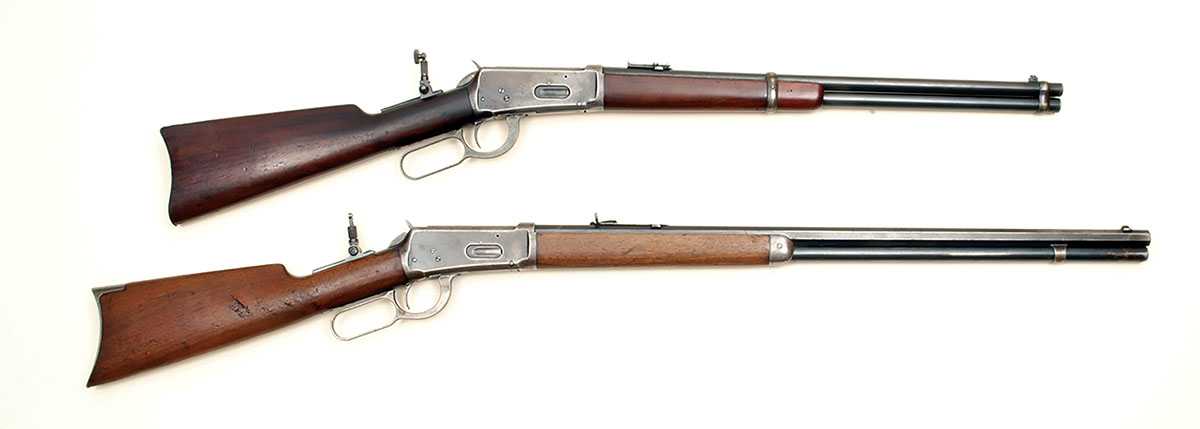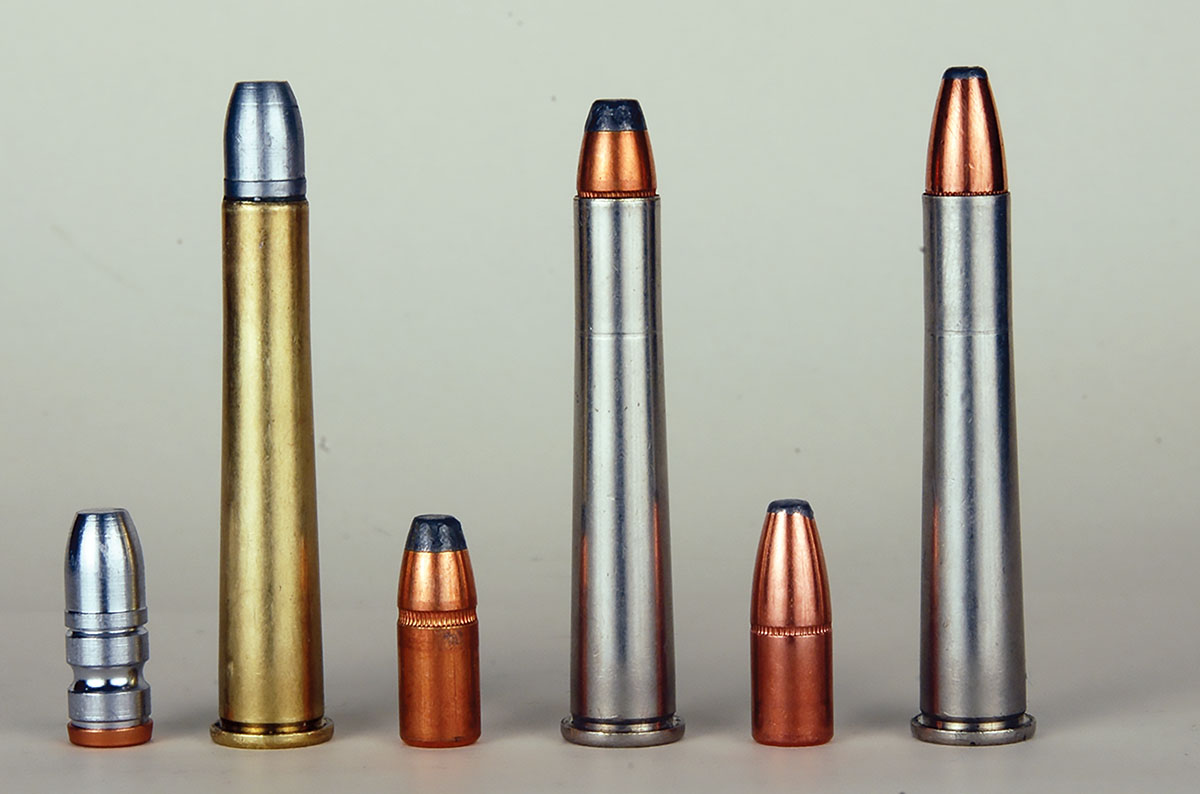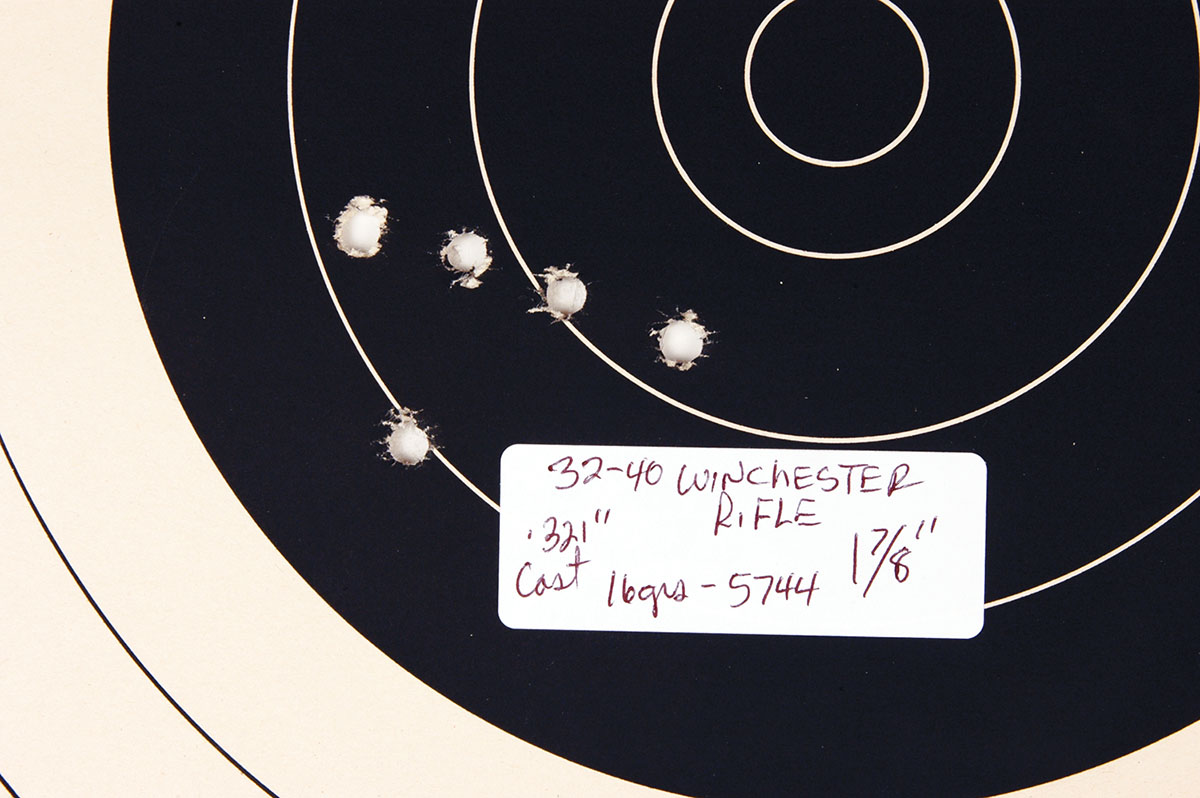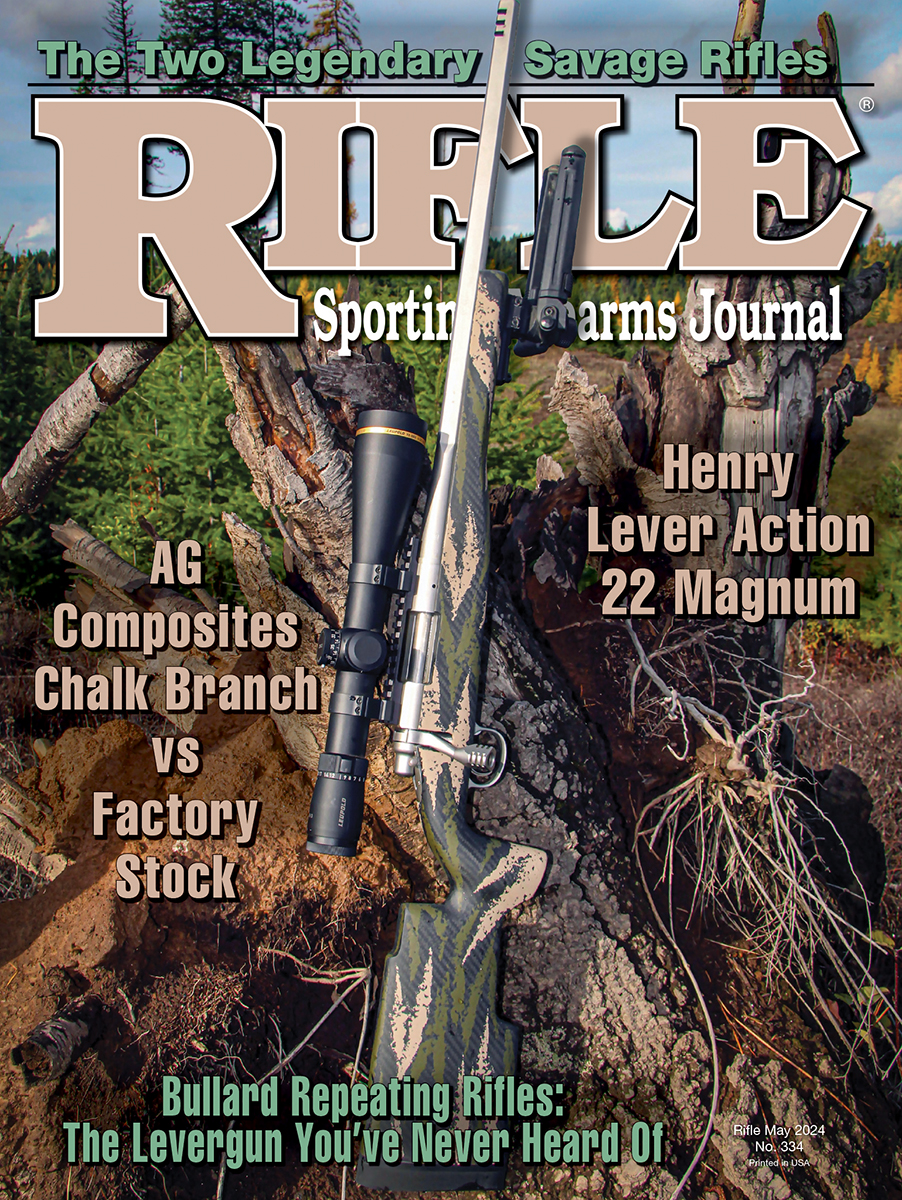Down Range
32-40 in Sporting Rifles
column By: Mike Venturino | May, 24

In the mid-1980s, Montana had a surplus of pronghorns, so if a hunter drew a buck tag, he could purchase several doe tags. Being primarily a meat hunter, I shelled out the money for the doe tags. My goal was to fill them with the 32-40 Winchester rifle using its factory open sights. Hunting pronghorns with a 32-40 levergun with open sights is admittedly a rather optimistic endeavor.
Usually, at that time of the year, eastern Montana is warm and dry. Unfortunately, that year, a snowstorm dumped a considerable amount of moisture right before pronghorn season. Anyone who has been there in wet weather knows that moisture turns the ground there into gumbo mud. That said, two friends and I still decided to try filling our tags. To our surprise, we actually couldn’t get my 4x4 pickup further than the rancher’s yard. Hunting had to be afoot.


Evidently, my compatriots had spooked them into coming back through a gully and gathering in the bowl-shaped area on the other side of my ridge. Not delaying, I started cranking the lever of the 32-40 as fast as I could aim and pull the trigger. The range was about 50 to 75 yards. After four shots, there were three dead antelope, a buck with two does. Each had been hit once. I had no idea where the miss went until I examined the buck closely. One of my shots had left a path through his hair on one side without touching the skin. Hearing my shots, my two friends returned and were amazed at my “stand.” They hadn’t seen a single pronghorn.

It was a memorable hunt, but for reasons unknown, I never hunted with a 32-40 again, although much effort was expended in developing loads for all three of mine. In the mid-1980s, there was a dearth of 32-40 brass. All that was commonly available were “John Wayne Commemorative” factory loads. Their velocity was slightly more than 1,100 feet per second (fps) with 165-grain, flatnose (FN) jacketed softpoint bullets in nickel-plated cases. The bullet diameter was .321 inch. As a dedicated handloader will do, I pulled the bullets out of the near useless factory loads. They were then loaded over 26 grains of IMR-3031 for a velocity of just over 1,600 fps from the Winchester rifle’s 26-inch barrel. That’s what was used on the antelope hunt.
Speer 170-grain flatnose jacketed bullets for 32 Winchester Special are also .321 inch. However, overall cartridge length is critical with tubular magazine leverguns. With Winchester Model 1894s, rounds can be no longer than 2.593 inches. I chose Speer’s 32 Winchester Special bullet and found if case crimps are applied at the very top of the bullet’s cannelures, the overall cartridge length is a couple thousandths under the maximum. That was for my rifles. If there is a feeding problem with the 32 Winchester Special jacketed bullets, then the case length could be trimmed slightly to adhere to the overall case length.
Naturally, a cast bullet load would be needed for my 32-40s. RCBS catalogs a mould for a 170-grain, gas-checked flatnose. It is numbered 32-170FN. Its nose is short enough so that crimping in the groove results in an overall cartridge length of 2.50 inches. With 1:20 tin-to lead alloy, this mould dropped bullets at 175 grains and a .323-inch lube sizing die barely touched them. Over 16 grains of Accurate 5744, the velocity was about 1,350 fps with groups in the 2- to 3-inch range.
A word about the B-Model Marlin Model 1893 is appropriate here. B-Models were meant for black-powder loads and lead alloy bullets. This was not because B-Models have weak actions, but because its barrel steel is soft. Marlin feared a regular diet of jacketed bullets would wear them out quickly. My B-Model Marlin 1893 was a bump in the road in load development. It would not group under about 4 inches at 100 yards. Finally, its bore was slugged and to my amazement, the slug was only .318 inch. This was repeated several times and the measurement was always .318 inch. Instead of using a smaller diameter cast bullet, which would mean having two 32-40 handloads, the B-Model was sold to a non-shooting collector.
Back in the 1980s, my feeling was that hunting with high-velocity scoped rifles was just too easy. Therefore, I began hunting with iron sight vintage rifles and replicas thereof. It put spice back into the sport.


